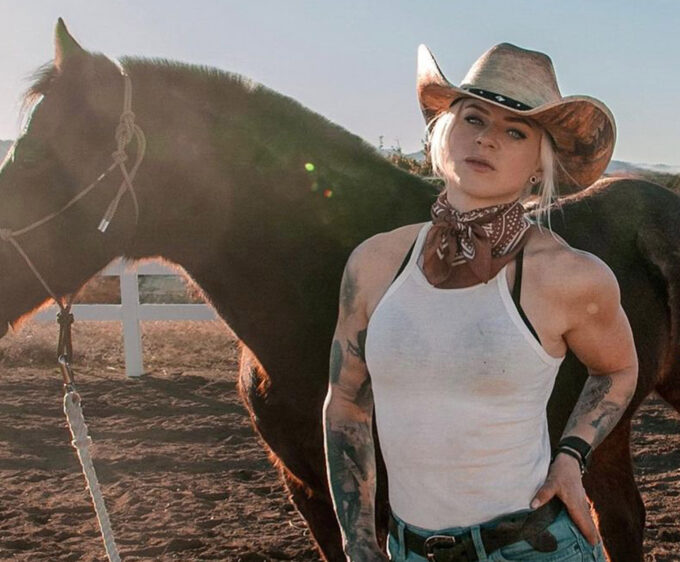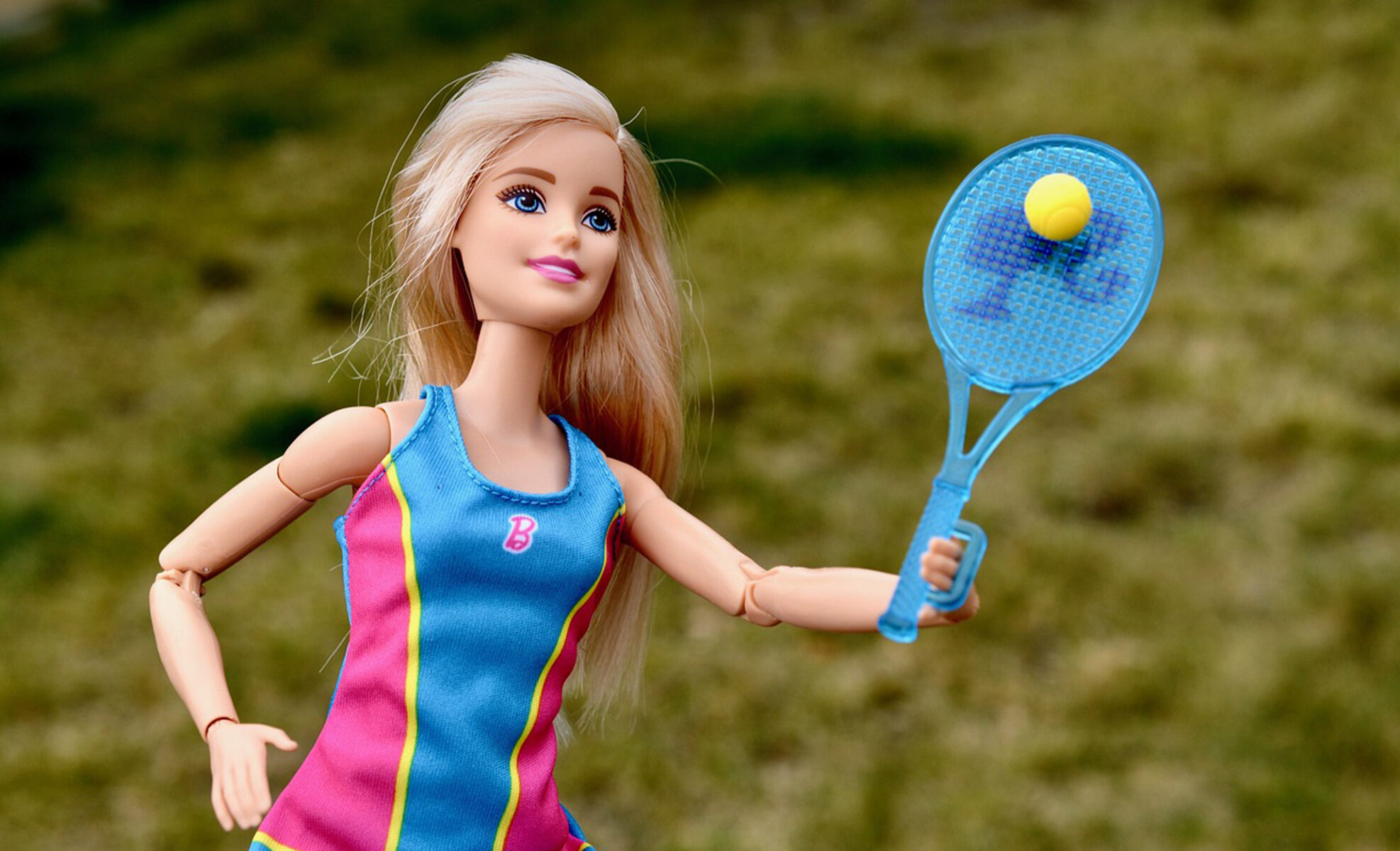
Is Barbie The Ultimate Sporting Icon?
From horse riding to racing driving, Barbie has done it all! Whilst she has been a beloved doll for generations, her unrealistic beauty standards have also garnered criticism. We deep dive into the history of the iconic toy and her relationship with sport
By Penny Smith
Unless you’ve been living under a rock, you’ll know that Greta Gerwig’s hotly-anticipated Barbie movie will be released this summer. With the film promising to break stereotypes and showcase Barbie as a strong and empowering role model, it’s worth considering the impact this doll can have on young minds.
After watching the trailer, I started to think: Hang on, have I got this all wrong? Is Barbie actually a feminist sporty icon after all? I know what you’re thinking – Barbie, a feminist icon? Isn’t she just a plastic doll with unrealistic proportions and a history of promoting traditional gender roles to young girls? Well, hear me out. Barbie is actually the sportiest toy I know, and over the years, she has become more diverse and inclusive than ever before.
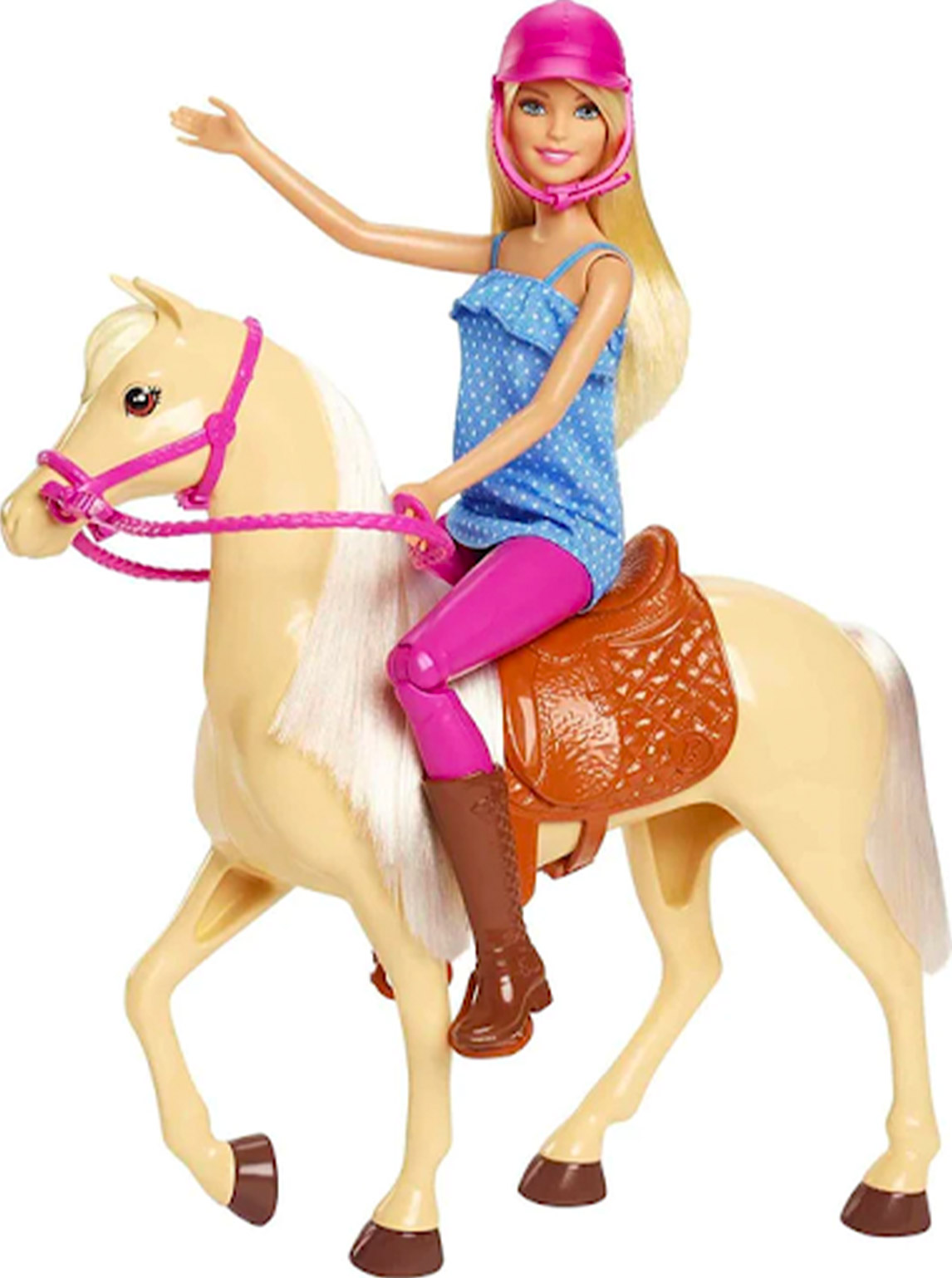
So, let’s start at the beginning. Barbie was created by Ruth Handler, co-founder of Mattel, in 1959. Handler was inspired to create Barbie after watching her daughter Barbara play with paper dolls, imagining them in grown-up roles. Barbie was a revolutionary toy, unlike any other dolls on the market at the time. She was an adult, with a career and a wardrobe to match. At first, Barbie wasn’t particularly sporty – her first outfits included a swimsuit, a ballerina costume, and a sophisticated ensemble for a night out. But as time went on, Barbie started to branch out.
In the 1960s, Barbie became an Olympic athlete, a skier, and a tennis player. In the 1970s, she added equestrian sports to her repertoire, becoming an accomplished horse rider. In the 1990s, Barbie took up rollerblading, and in the 2000s, she became a NASCAR driver. Today, Barbie is more athletic than ever, with a range of sports-themed dolls and accessories. From basketball to soccer, surfing to snowboarding, there’s a Barbie for every sport.

But does this make Barbie a feminist icon? Well, it’s complicated. On the one hand, Barbie has certainly encouraged young girls to try sports and to imagine themselves in non-traditional roles. Studies have shown that playing with Barbie can help girls develop spatial skills and self-esteem, and can even encourage them to pursue STEM careers. And Mattel has made a concerted effort to update the Barbie franchise in recent years, introducing diverse dolls that reflect society – curvier Barbies, Black Barbies, Asian Barbies, disabled Barbies…. But is this enough? Will Barbie ever be able to get away from the blonde hair, blue-eyed, impossibly tiny waisted version of stereotypical western beauty ideals that we all know (and probably disagree with)?
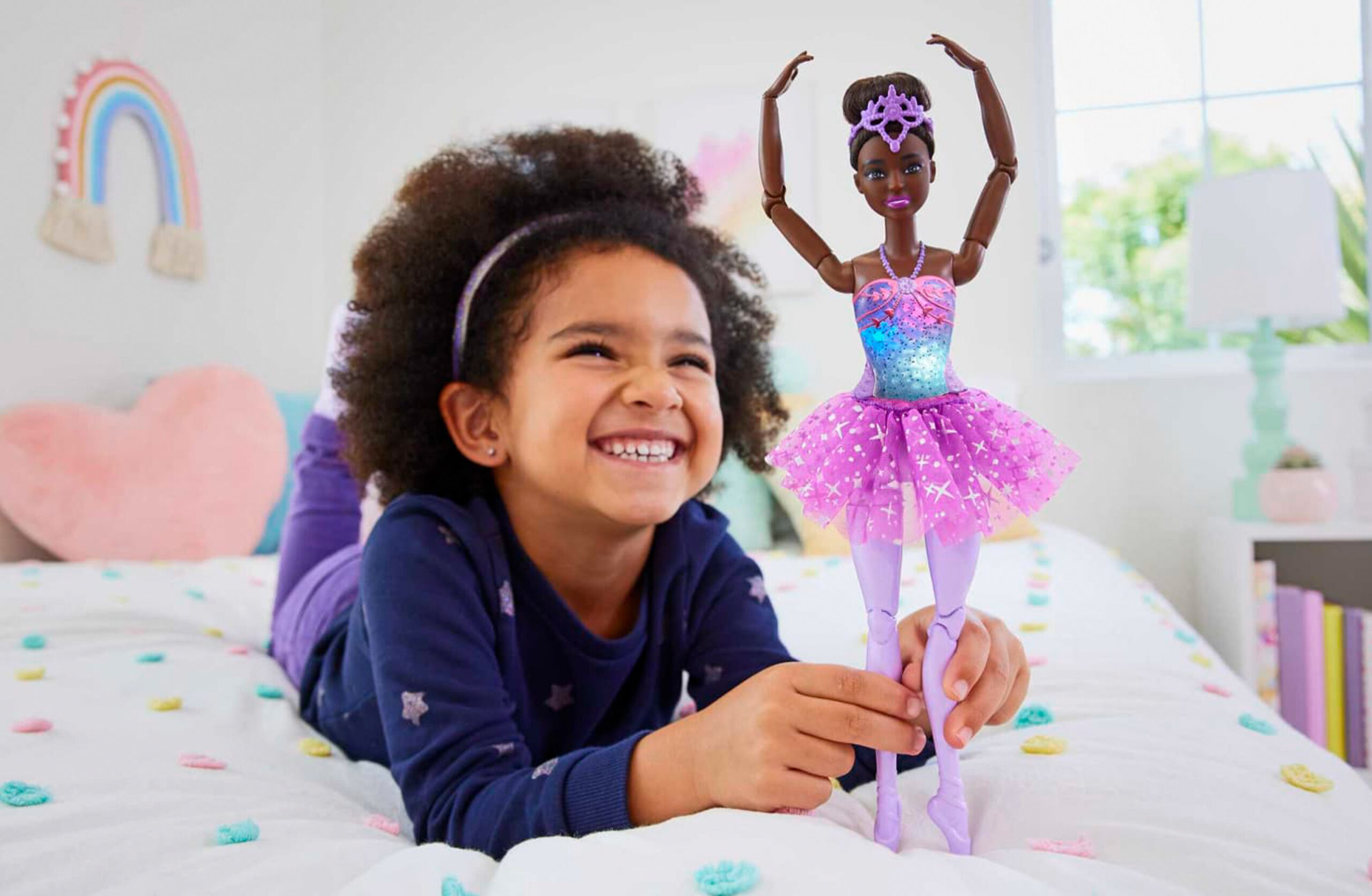
INDIVIDUALITY
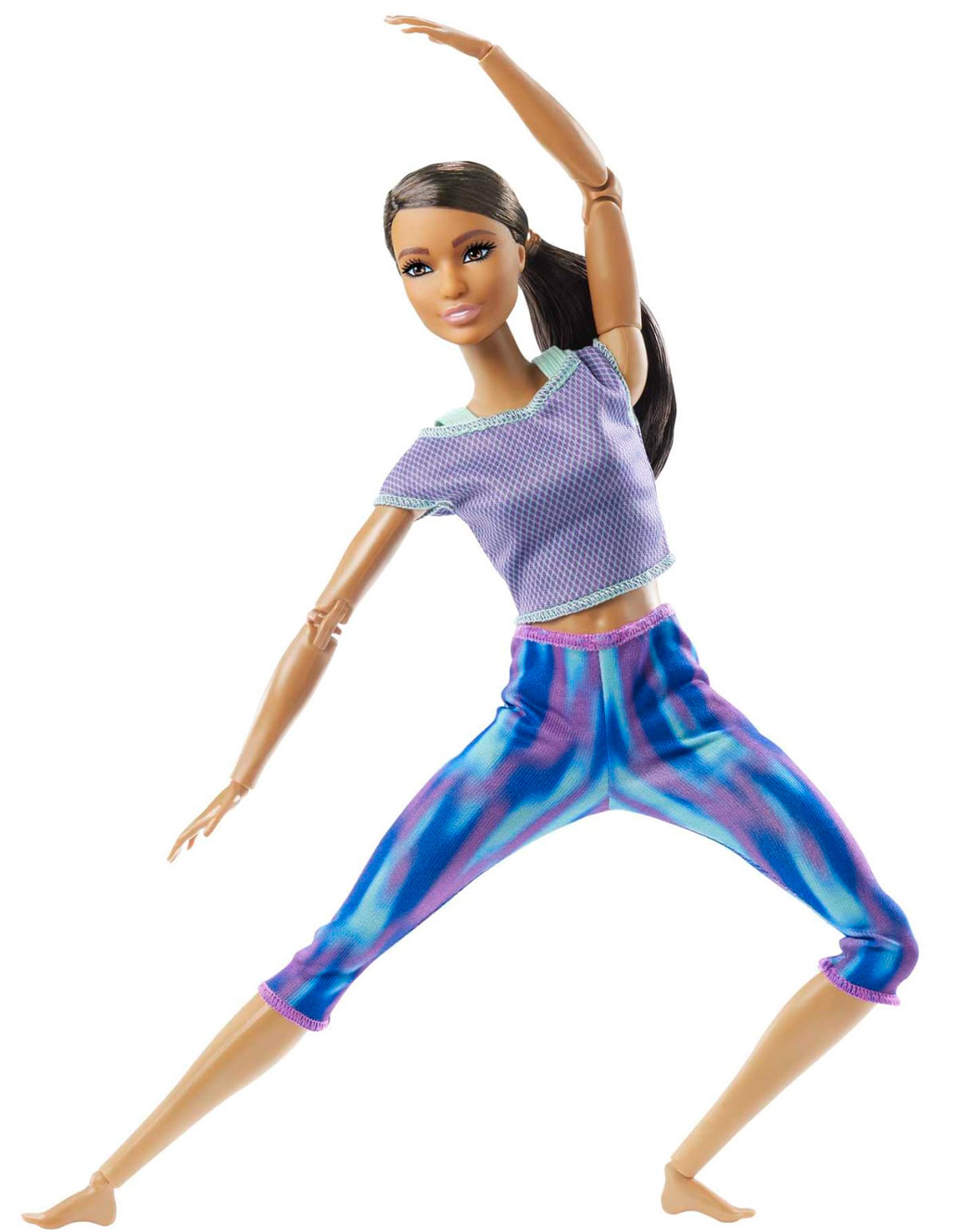
You have to give Mattel credit, they’re trying. We’ve seen Professor Sarah Gilbert, professor of vaccinology at Oxford University, as one of five women commemorated with Barbie dolls for their role in combating the coronavirus pandemic. The other four women included frontline workers from around the globe. Olympic gymnast and “Shero” Gabby Douglas became a Barbie doll, as did tennis star Naomi Osaka and soccer star Abby Wambach. The first hijab-wearing Barbie doll was inspired by US Olympic fencer Ibtihaj Muhammad. Three-time Olympic ice-dancing medalist Tessa Virtue became a Barbie “Shero.” And mathematician Katherine Johnson, known as one of NASA’s “Hidden Figures,” is immortalised as a Barbie. It’s fair to say that these dolls can serve as positive role models for young girls and can help them to see that they too can achieve success in sports or any other field they choose to pursue.
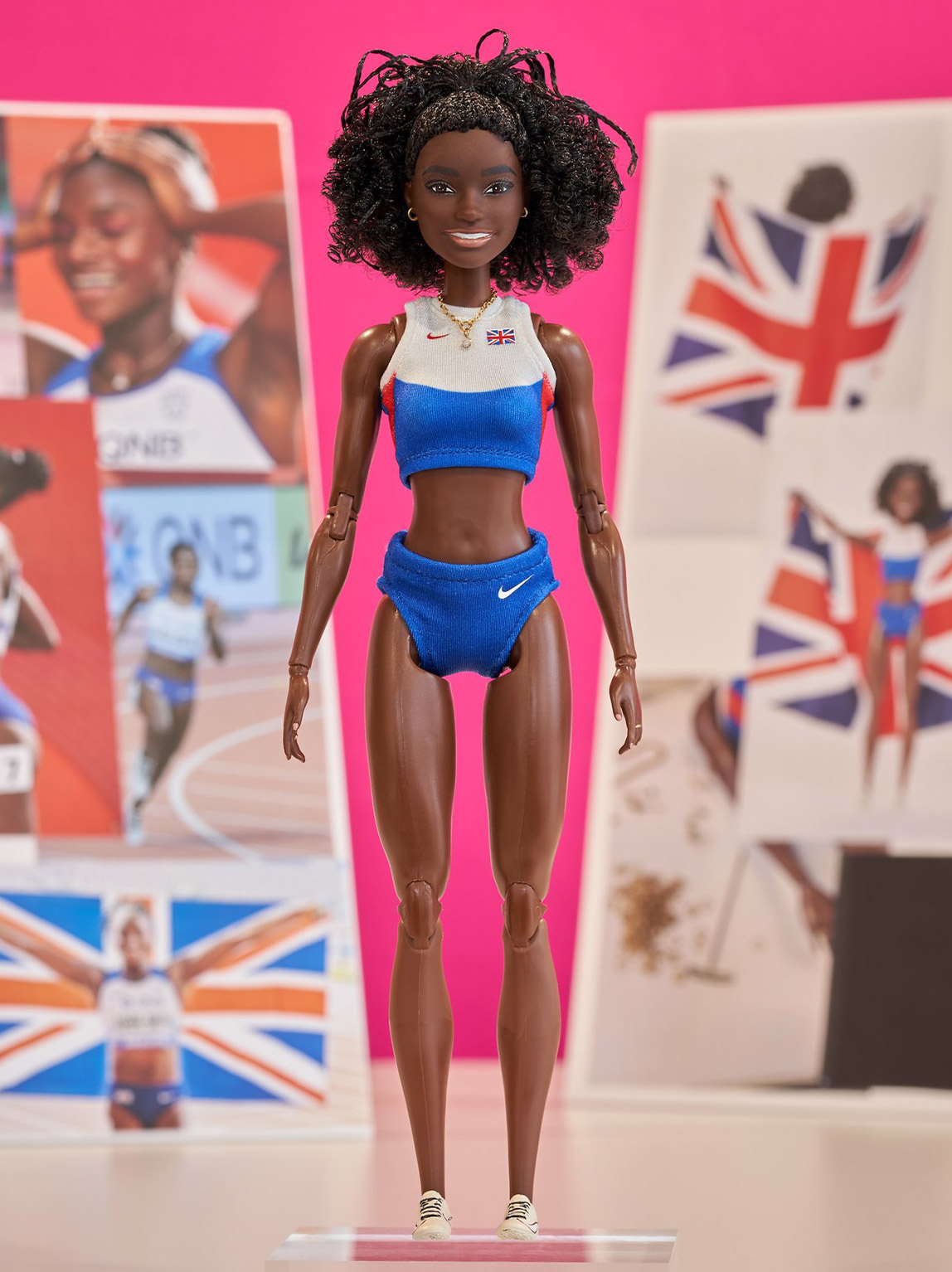
On the other hand, Barbie has also been criticised for perpetuating harmful stereotypes about beauty, femininity, and gender roles. Her super thin waist and long legs have been blamed for promoting unrealistic body standards, and her glamorous wardrobe and accessories have been accused of reinforcing traditional gender roles. And while Mattel has made some efforts to update the Barbie franchise, critics argue that these changes have been too little, too late, and that the damage has already been done.
So, is Barbie a feminist sporty icon after all? The answer, as with many things in life, is both yes and no. Yes, Barbie has encouraged young girls to try sports and to imagine themselves in non-traditional roles. Yes, Mattel has made some efforts to update the Barbie franchise and to make it more diverse and inclusive. But no, while it’s true that she has taken on various sports-related professions, it’s important to remember that these are still just representations and do not necessarily reflect the reality of women in sports.
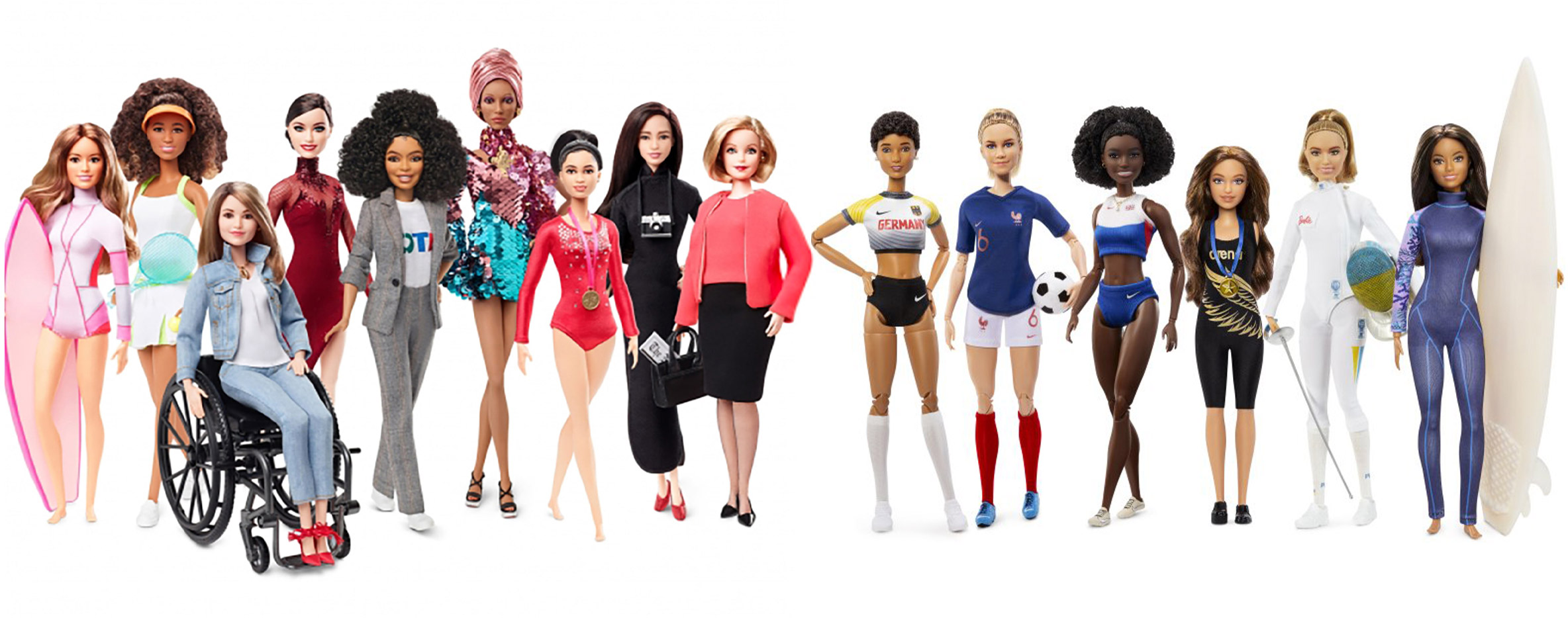
One of the most significant criticisms against Barbie is that she reinforces unrealistic beauty standards for young girls. In fact, a study conducted by the University of Sussex found that exposure to Barbie dolls had a negative impact on girls’ body image and self-esteem. The study showed that girls who played with Barbie dolls were more likely to think that being thin was important for being attractive, and they were less satisfied with their own bodies compared to girls who played with other dolls. Another study published in the journal Sex Roles found that young girls who played with Barbie dolls were less likely to believe they could do well in maths and science compared to those who played with a Mrs Potato Head toy.
However, it’s not all negative when it comes to Barbie’s impact on young girls. Her various sports-related professions can be seen as an attempt to encourage young girls to imagine themselves in non-traditional roles. One study published in the Journal of Sports Behaviour found that young girls who played with Barbie dolls that were dressed in athletic attire were more likely to choose a sport-related toy compared to those who played with dolls dressed in non-athletic attire.
GLAMOROUS


The upcoming film, which promises to break stereotypes and showcase her as a strong and empowering role model will be a strong reminder of Barbie’s enduring cultural influence, and the need for more diverse and inclusive representations of women in sports.
In conclusion, only time will tell what impact this doll will have on the next generation of young minds, and ultimately, it’s up to individuals to decide whether or not they are team Barbie and believe their daughters (or sons) can learn valuable lessons from the iconic doll.
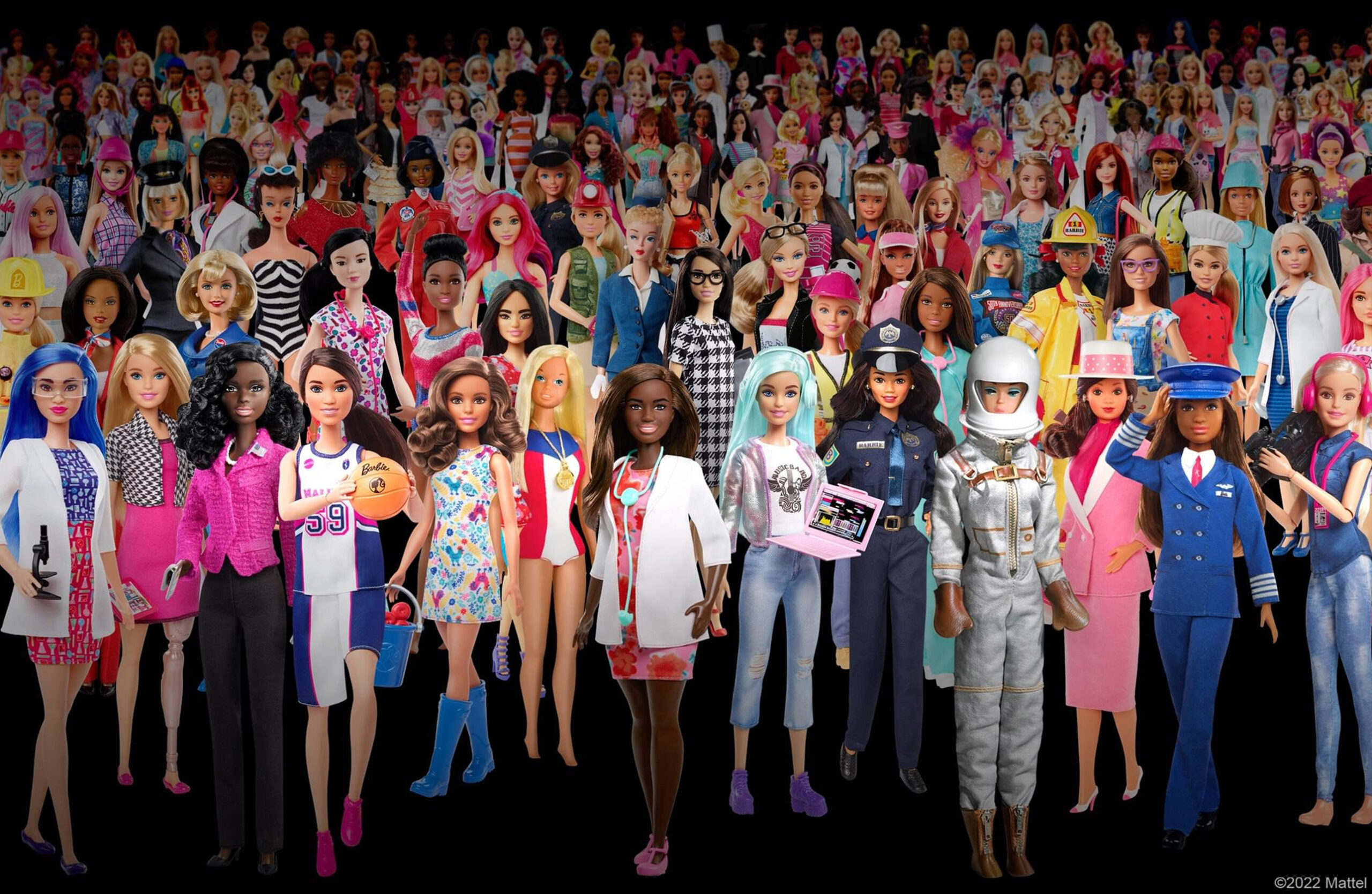
Editorial Design by this is root
Sources:
- LaFreniere, M. C., & Sapienza, J. N. (1997). Effects of varying levels of difficulty of athletic dolls on young girls’ physical activity. Journal of Sport Behaviour, 20(3), 282-292.
- Hains, R. C., & Sagarin, B. J. (2006). The impact of dolls on girls’ beliefs about their own abilities. Sex Roles, 54(11-12), 717-725

